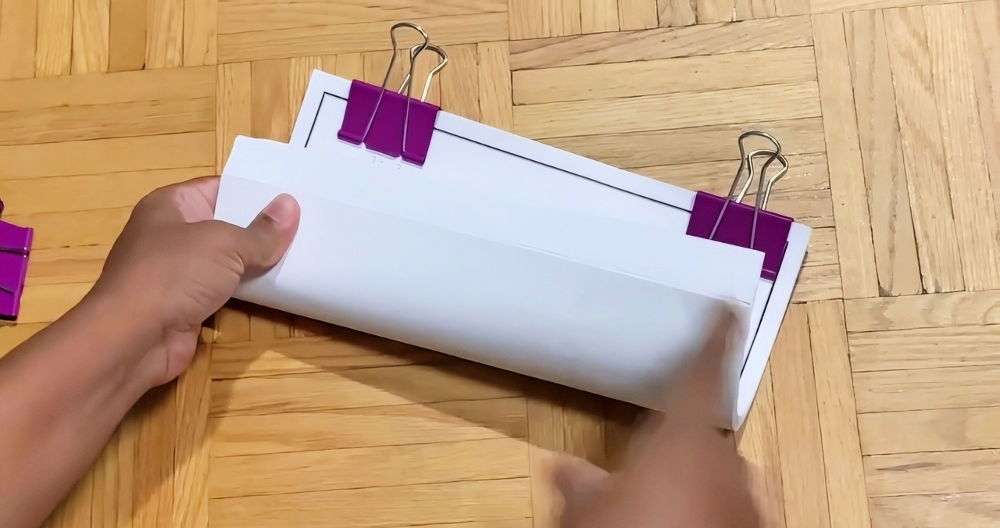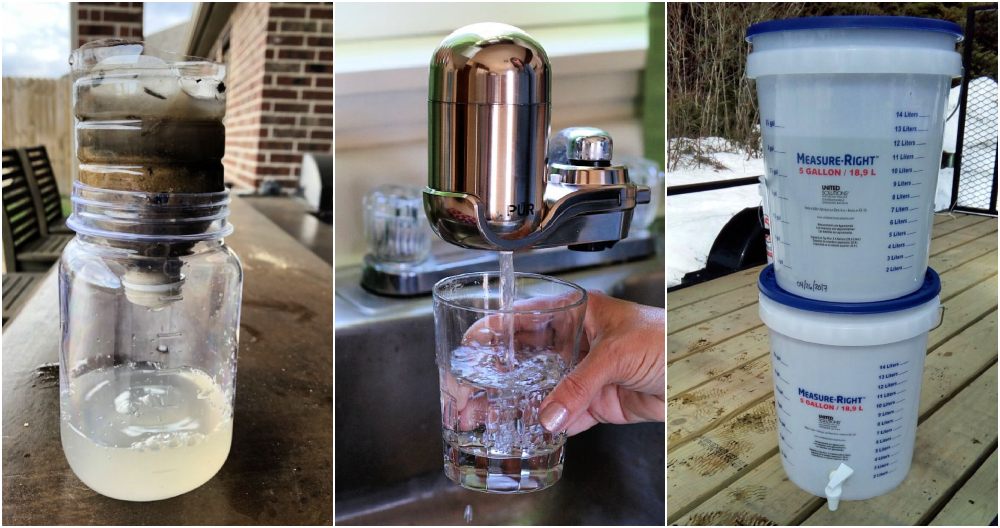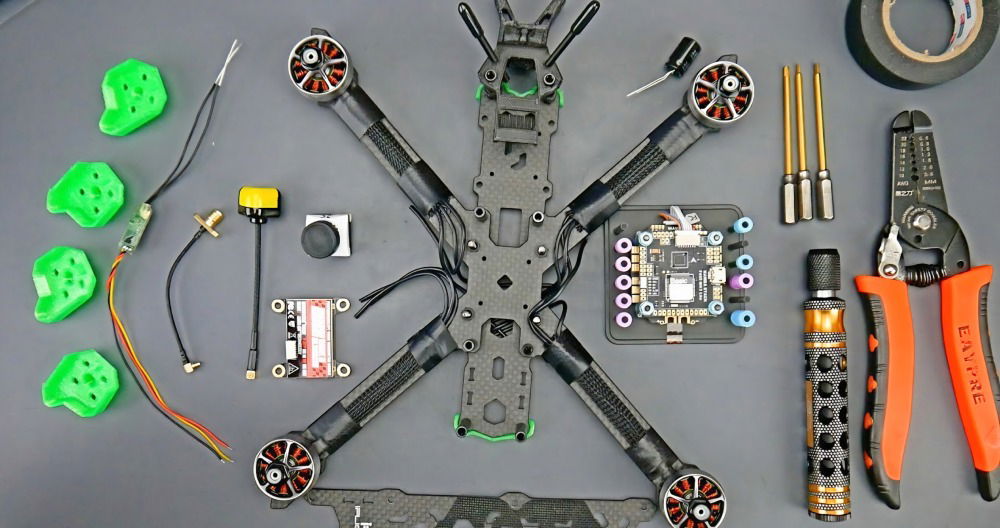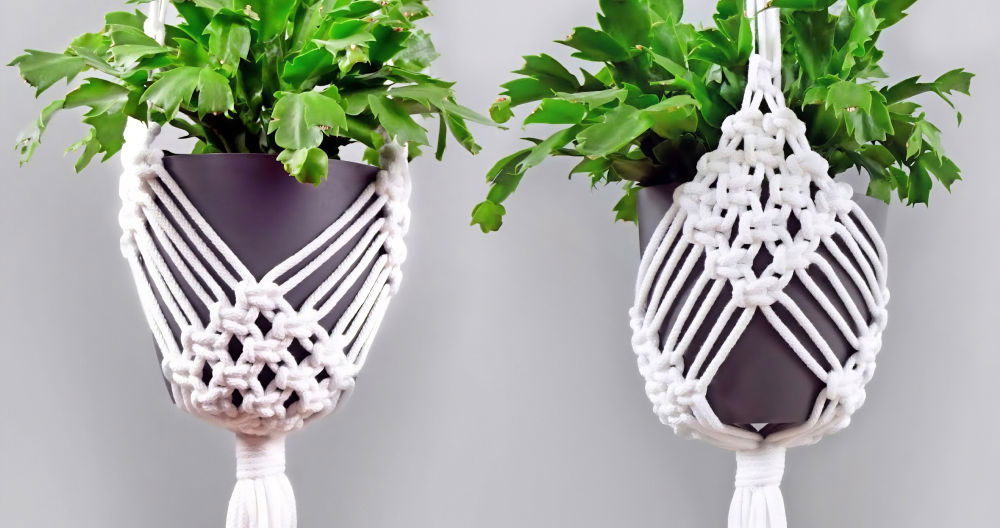Storing plastic and trash bags at home can often lead to a chaotic mess if not done thoughtfully. But with a little creativity and some clever hacks, you can easily keep your bags organized, accessible, and neatly tucked away. Let's explore 8 practical and innovative ways to store plastic and trash bags that make your home tidier and your life a bit simpler.
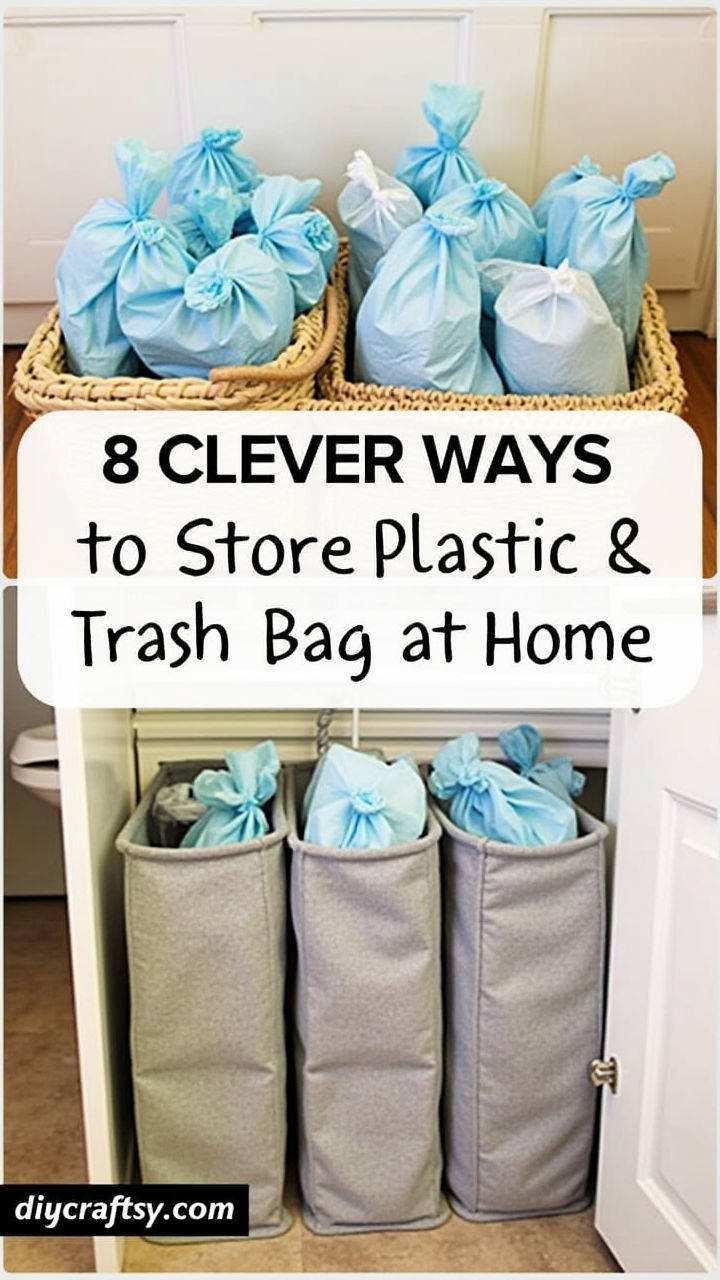
Why You Need Smart Solutions for Bag Storage
Plastic bags from grocery stores, trash bags, and other disposable bags can pile up quickly, turning your kitchen or pantry into a cluttered space. Having a smart system to manage them not only saves space but also makes it easy to grab a bag when needed without rummaging through a chaotic pile. Plus, organized storage helps you reuse bags more effectively, reducing waste and supporting sustainability.
Simple and Effective Methods to Store Plastic and Trash Bags
Here are some straightforward and clever ways to store your plastic and trash bags at home, based on real-life solutions shared by DIY enthusiasts.
1. The Classic "Bag of Bags" Method
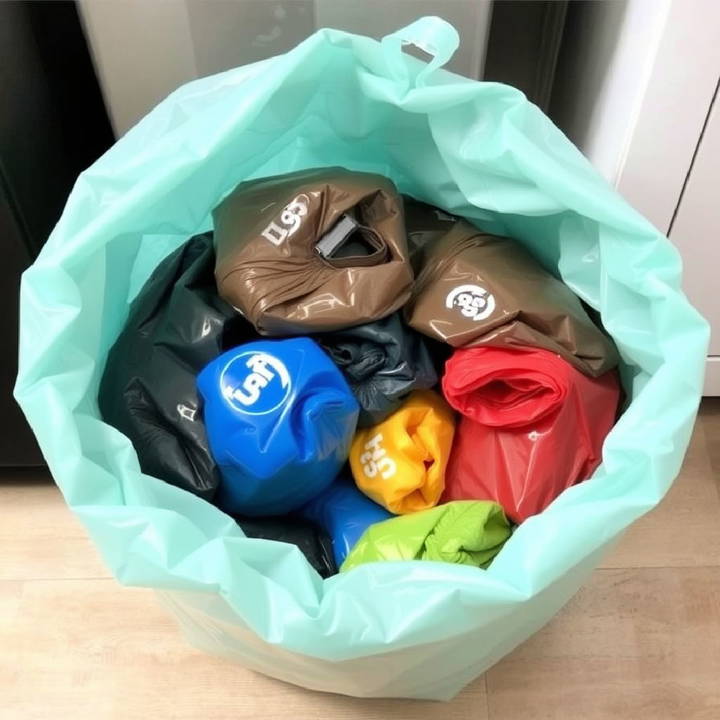
One of the most popular and traditional methods is the "bag of bags." This involves taking one large plastic bag and stuffing all other plastic bags into it. It's simple, effective, and doesn't require any special tools or equipment.
How It Works:
- Take a large plastic bag that is sturdy and in good condition.
- Stuff all the other smaller bags inside it.
- Store this "bag of bags" under the sink, in a pantry, or any accessible cupboard.
Pros:
- Easy to set up and maintain.
- Requires no additional purchases.
Cons:
- Can become bulky if too many bags are stored.
- Might need occasional sorting to remove damaged bags.
2. Dedicated Bag Dispensers
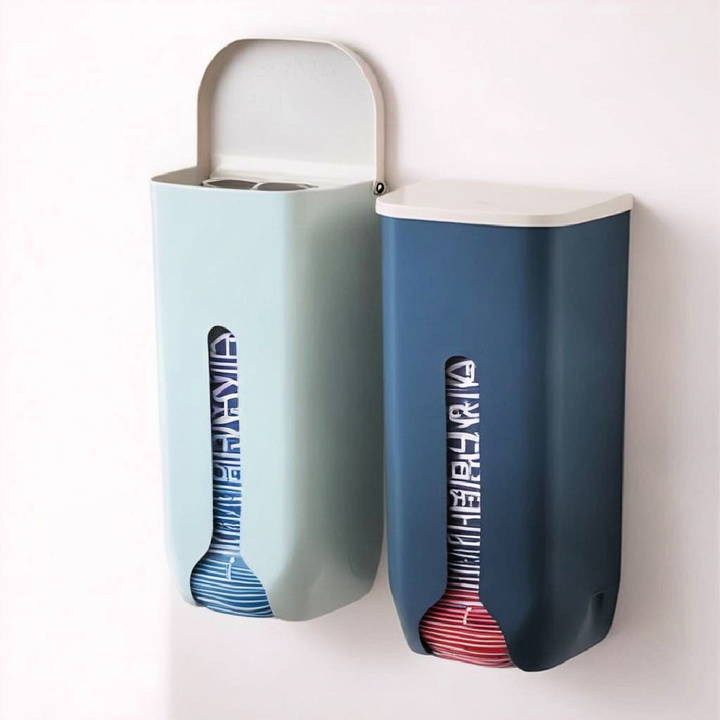
Bag dispensers are another great solution to store plastic bags neatly. These dispensers are designed to hold and dispense bags one at a time, making it easy to grab a bag when you need one.
Types of Bag Dispensers:
- Wall-Mounted Dispensers: These can be attached to the inside of a cabinet door or wall. Simply stuff bags in from the top and pull them out from the bottom.
- Freestanding Dispensers: These can be placed in a pantry or closet. They often have a compact design that saves space.
Why This Works:
- Keeps bags neatly organized and easily accessible.
- Saves space compared to having loose bags or a bulky "bag of bags."
DIY Option: You can even make your own dispenser from materials like PVC pipes or empty tissue boxes. This adds a personal touch and can be customized to fit your space perfectly.
3. Reuse Drawers and Bins for Bag Storage
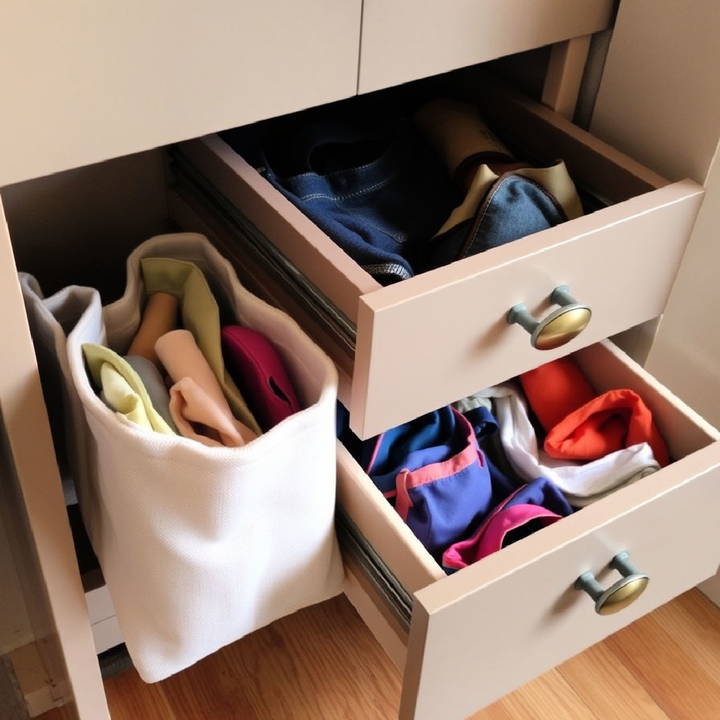
Some people find that repurposing drawers or small bins specifically for plastic and trash bags is a convenient option. You can assign a drawer in your kitchen or pantry solely for bag storage.
Steps to Organize Using Drawers:
- Choose a drawer that is easy to access.
- Place small bins or dividers within the drawer to separate different types of bags (e.g., grocery bags, trash bags, ziplock bags).
- Roll or fold the bags to maximize space.
Benefits:
- Everything stays out of sight, giving a clean and clutter-free look.
- Easy to see when you need to restock or declutter.
4. Folding Bags into Triangles
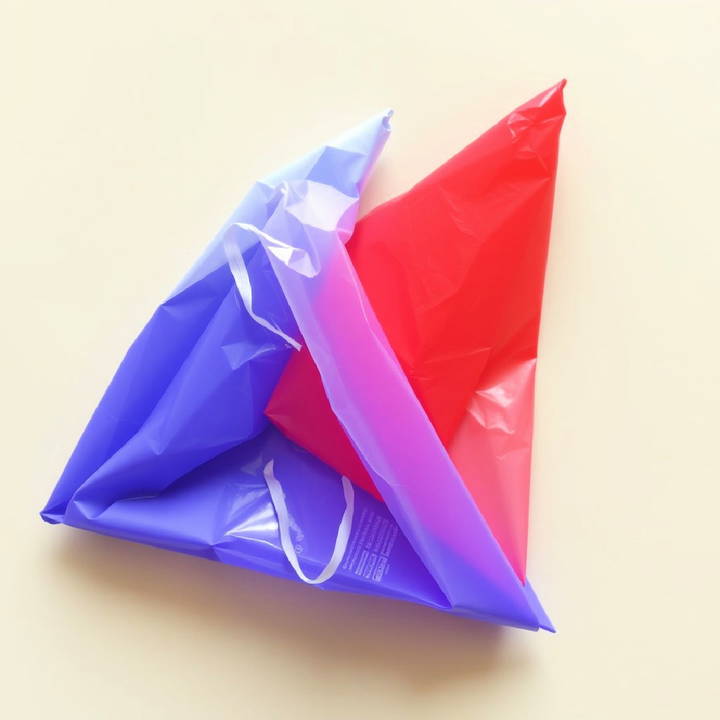
Folding plastic bags into triangles can make them much easier to store and manage. This method involves folding the bag several times until it forms a compact triangle that can be stacked or stored in small spaces.
How to Fold Bags into Triangles:
- Flatten the plastic bag to remove any air.
- Fold it in half lengthwise, then fold it again.
- Start at the bottom corner and fold into a triangle, continue folding until you reach the handles.
- Tuck the handles into the last fold to secure it.
Advantages:
- Saves significant space and keeps bags neat.
- Easy to store in small containers, boxes, or drawers.
5. Under-the-Sink Storage Solutions
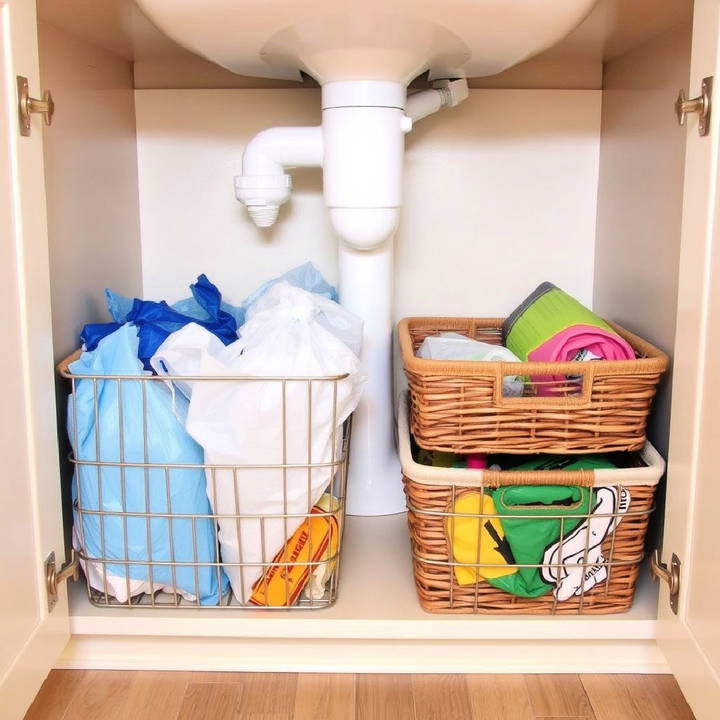
The area under the sink is often underutilized but can be an excellent spot for storing trash and plastic bags. You can use baskets, bins, or even specialized under-sink organizers that hang on the cabinet door.
Tips for Under-the-Sink Storage:
- Use tension rods or hooks to hang bags.
- Keep a small bin or basket to store bags vertically, making them easy to grab.
- Consider a two-tier organizer to maximize vertical space.
6. Milk Jugs and Soda Boxes
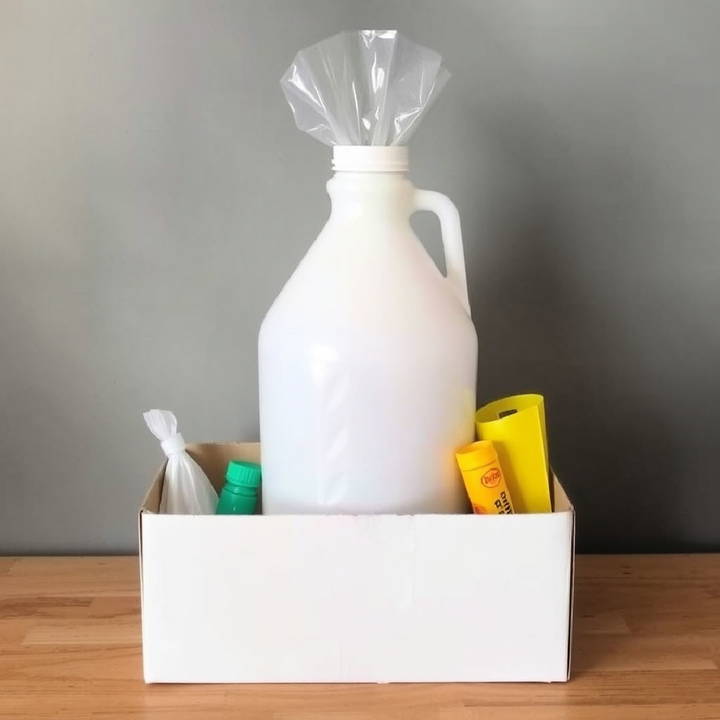
Another creative DIY approach is using repurposed items like milk jugs or soda boxes to store bags. For instance, cutting the top off a milk jug creates a container where you can stuff bags. Similarly, soda boxes with a small opening can serve as a simple dispenser for rolled-up bags.
How to Repurpose Containers:
- Clean and dry a milk jug or soda box thoroughly.
- Cut an opening large enough to fit your hand through but small enough to keep the bags contained.
- Place it in a convenient location like under the sink, in the pantry, or in a closet.
Benefits:
- A cost-effective, zero-waste storage solution.
- Keeps bags contained and organized.
7. Create a "Bag-ception" System
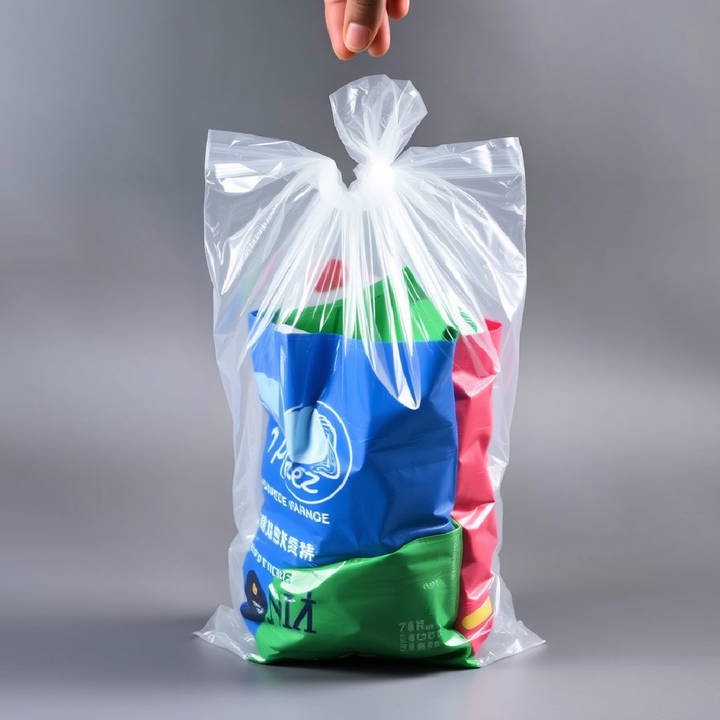
"Bag-ception" involves using different types of bags to store other bags. For example, you might have a large reusable shopping bag to store smaller reusable bags, a plastic bag to store other plastic bags, and so on.
How to Set Up Bag-ception:
- Dedicate one corner of your mudroom, pantry, or closet for bag storage.
- Use hooks or nails to hang each "bag of bags."
- Clearly label each bag to indicate its contents.
Pros:
- Keeps all types of bags organized and separate.
- Easy to grab exactly what you need.
8. Store Trash Bags Directly in the Trash Can
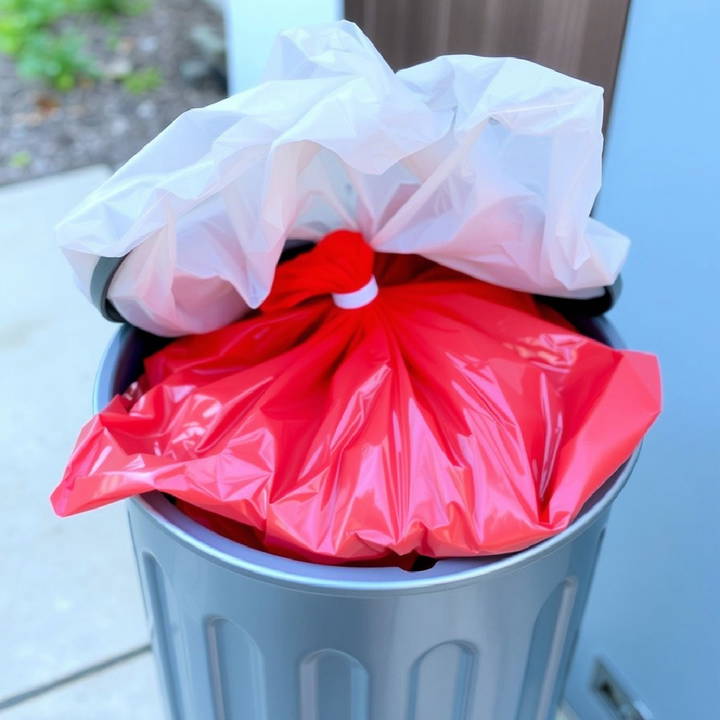
For trash bags, a practical trick is to store a roll or a few extra bags directly at the bottom of the trash can. When you remove a full trash bag, a new one is already available in the can, saving time and hassle.
Implementation:
- Place a roll of trash bags at the bottom of the trash can.
- Pull one bag out and line the trash can. When the bag is full, remove it and the next one is ready to go.
Advantages:
- Speeds up the process of changing trash bags.
- Keeps extra bags out of sight but easily accessible.
Conclusion
Storing plastic and trash bags doesn't have to be a headache. With these clever and creative solutions, you can keep your bags organized, reduce clutter, and make your kitchen, pantry, or utility area more functional. Whether you prefer a DIY approach or a store-bought solution, there is a storage method that fits every home and lifestyle. Explore these ideas and find what works best for you, turning the chore of managing bags into a seamless part of your routine.
FAQs About Storing Plastic and Trash Bags
Discover expert tips and answers to your FAQs about storing plastic and trash bags effectively and efficiently.
If you don’t have space under the sink, consider alternative locations such as the back of pantry doors, inside a closet, or in a laundry room. Wall-mounted bag dispensers or hooks can be installed on the inside of cabinet doors or walls, allowing you to store bags without taking up valuable floor or shelf space. You can also use compact bins or repurposed containers like soda boxes for neat and stackable storage in any small space.
For those who want easy access to bags but prefer to keep them out of sight, consider using pull-out bins or drawers. You can install a small pull-out drawer under the sink or in a cabinet where you keep folded or rolled bags. Another option is using a decorative container or basket with a lid that blends with your kitchen or pantry decor.
Reusable bags can be bulkier than plastic bags and require different storage solutions. A popular method is to install hooks or a rod in a convenient spot, such as a garage, mudroom, or pantry. Simply fold or roll the reusable bags and hang them on the hooks. This keeps them organized and easily accessible for the next grocery run. You can also use a large bag or basket to store all your reusable bags in one place, making it easy to grab a bunch when heading out.
To prevent plastic bags from taking up too much space and creating a mess, consider folding them into small, manageable shapes, such as triangles. Folding them neatly reduces their volume and allows you to store more bags in less space. You can keep them in a small container or even a repurposed tissue box. Alternatively, tying a loose knot in the bags can prevent them from expanding and filling up with air.
Making a DIY bag dispenser is simple and cost-effective. One popular method is to repurpose an empty tissue box or a large plastic bottle with the top cut off. You can also use PVC pipes to create a wall-mounted or under-the-sink dispenser. Another creative idea is to use a cloth bag with an elastic opening at the bottom; you can hang it on a hook and pull out bags as needed.
Yes, some creative DIY enthusiasts have shared unique ideas such as "bag-ception," where different types of bags are stored within each other—for example, a large plastic bag containing smaller plastic bags, or a reusable bag filled with other reusable bags. Another clever idea is to use a cut-off milk jug as a bag holder, placing one in each room with a small trash can. These solutions are budget-friendly and make use of items you may already have at home.
For trash bags, a practical solution is to store a few extra bags directly in the bottom of the trash can. This way, when you remove a full bag, a new one is already available, saving time and effort. You can also use a dispenser box or create a simple roll holder that keeps trash bags organized under the sink or in a designated drawer. This prevents bags from getting scattered and keeps them in one place.
To minimize the accumulation of plastic bags, try using reusable bags for shopping and daily use. Additionally, if you end up with too many plastic bags, consider recycling them at local grocery stores that offer bag recycling bins. Some DIY enthusiasts also suggest folding crates or totes to limit the number of plastic bags brought home.
In places where plastic bags are banned, you can rely on reusable bags made of fabric, paper, or other sustainable materials. These bags can be stored in cars or at home, ready for your next shopping trip. For those still using plastic trash bags, you can store them in boxes or cupboards in rooms like the laundry room, keeping them out of the way but easy to access when needed.
For people with disabilities who might find it challenging to manage or access stored bags, it's important to prioritize ease of use. Simple solutions such as a "bag of bags" stored in an accessible location, or using a large, easy-to-open container, can be very helpful. Having bags within reach and using hooks or low shelves can also make storage more manageable.









